Vision is one of the most important senses in the animal kingdom, allowing creatures to gather vital information about their surroundings. With such a variety of habitats and lifestyles, animal eyes have evolved in extraordinary ways. Some animals are predators, others prey; some are nocturnal, while others live underwater. In this article, we’ll explore which animals have the best eyesight and the fascinating adaptations that help them thrive in their environments.
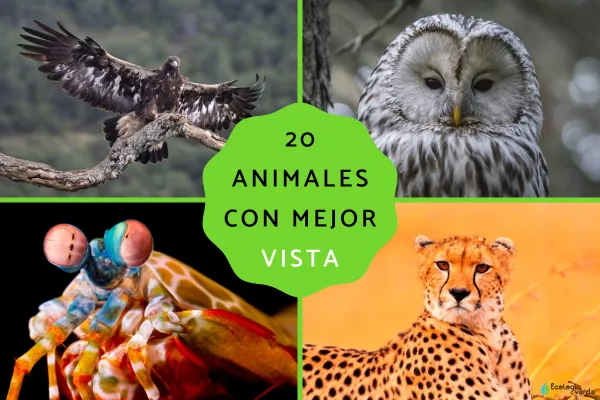
The phrase "eagle-eyed" exists for a reason. Golden eagles are powerful birds of prey with extraordinary long-range vision. They can spot a rabbit or rodent from up to 3 kilometers (1.8 miles) away while soaring in the sky. Their eyes are highly muscular, allowing them to adjust focus rapidly and lock onto moving targets with astonishing accuracy.
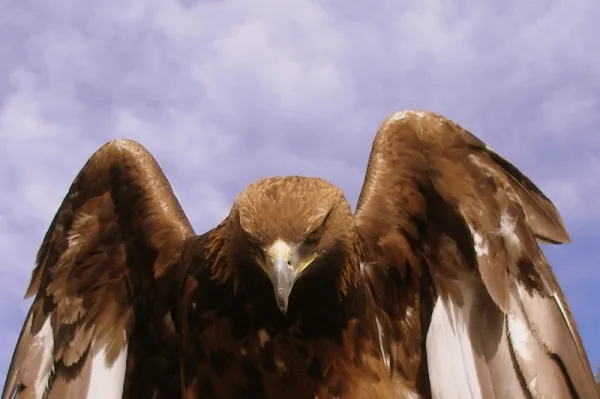
Chameleons possess a unique visual system. Each of their eyes can move independently, giving them a full 360-degree view without moving their bodies. They can focus on multiple distances simultaneously and scan their environment with incredible precision. Their eyes are covered by a scaly lid, leaving only the pupil exposed—one of the reasons chameleons are among the animals with the most advanced vision.
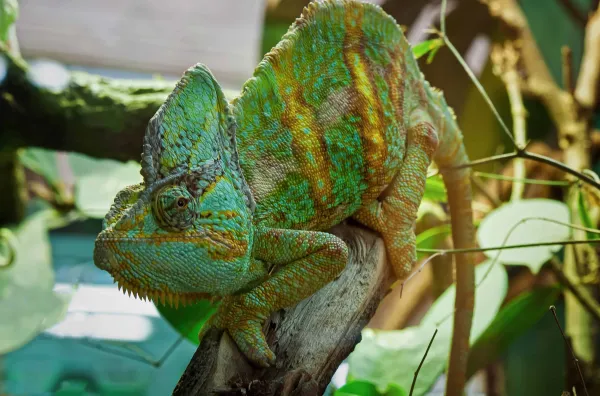
Owls are nocturnal birds of prey with exceptional night vision. Their large, elongated eyes are adapted for low-light environments, but they cannot move within their sockets. Instead, owls compensate by rotating their heads up to 280 degrees. Though they see very clearly at long distances, their close-range vision is less effective.
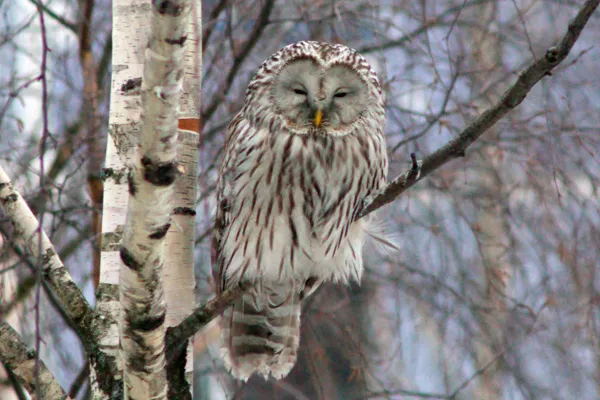
Lions have highly developed night vision, thanks to a layer in the eye called the tapetum lucidum, which reflects light and enhances vision in the dark. They also have more rod cells than many other animals, further improving their ability to see in low light. The white patches under their eyes help reflect light and improve focus during nighttime hunts. However, lions are colorblind to red.
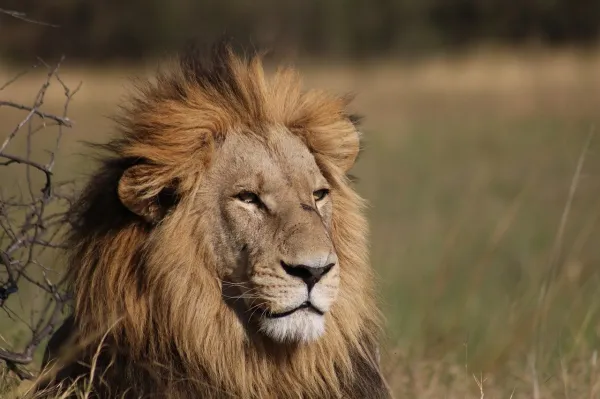
Crocodiles are formidable predators equipped with vision designed for ambush. Their eyes sit atop their heads, allowing them to watch for prey while submerged. They also possess a tapetum lucidum and have vertically slit pupils, aiding depth perception. When diving, they use a third transparent eyelid called the nictitating membrane to protect their eyes underwater.
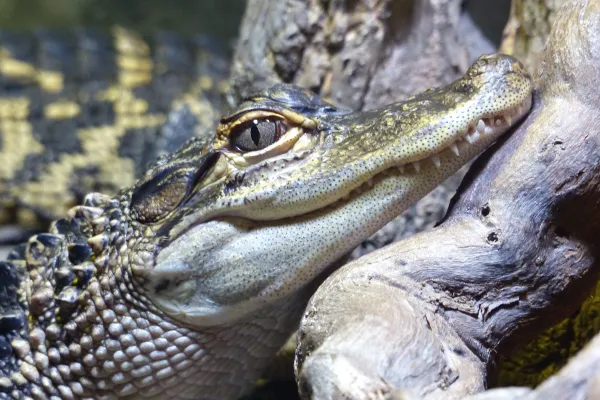
Mantis shrimp have some of the most complex eyes in the animal kingdom. They can see a broad spectrum of light, from infrared to ultraviolet, and can even detect polarized light. Each eye has trinocular vision and can move independently. They also have 12 types of photoreceptor cells (compared to humans’ three), allowing them to distinguish incredibly subtle color variations.
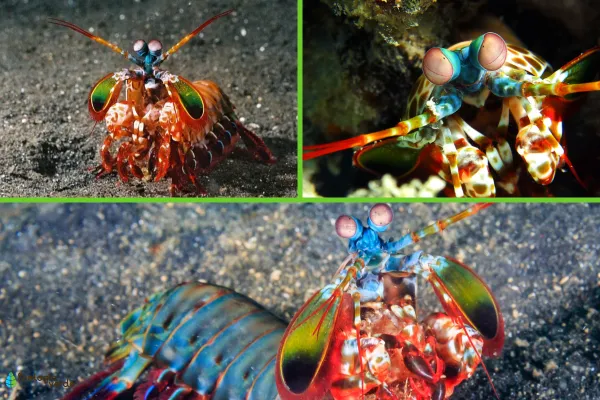
Geckos are one of the few reptiles capable of seeing color in complete darkness. Their eyes contain only cone cells, making their color sensitivity superior even in low light. Geckos can adjust their focus rapidly to view objects at varying distances. Since they lack eyelids, they use their tongues to clean and moisten their eyes.
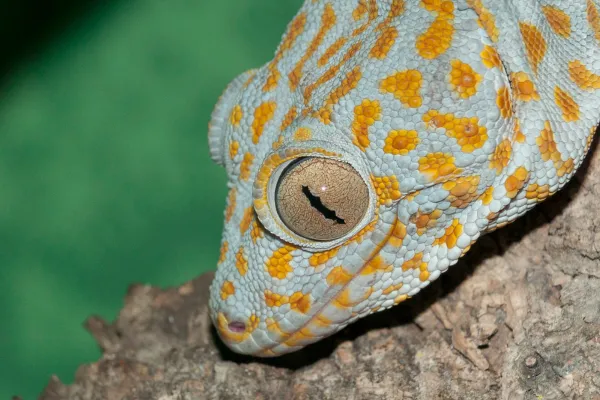
Vision is the cheetah’s most crucial hunting sense. Cheetahs can detect prey from as far as 5 kilometers (3 miles) away and track it precisely while running at high speeds. Unlike most big cats, cheetahs are diurnal. The dark tear marks under their eyes help reduce sunlight glare and enhance focus during daylight hunts.
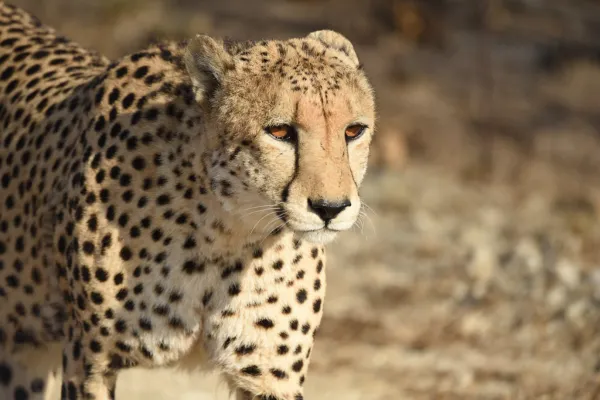
Goats have rectangular pupils that remain horizontal, helping them stabilize their vision on rocky terrain. This pupil shape improves depth perception and allows them to scan for predators efficiently. Their eyes are positioned on the sides of their heads, offering a panoramic field of vision of up to 320 degrees.
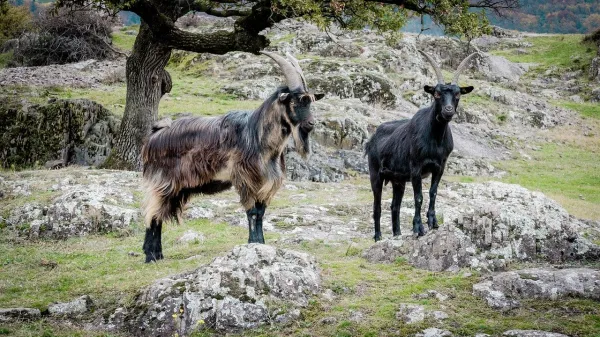
The European robin can detect Earth's magnetic field through light-sensitive cells in its eyes. By tilting its head in relation to the magnetic field, it sees shifting patterns of dark spots that help it navigate. This unique visual adaptation allows the robin to migrate between Europe and Africa with remarkable accuracy.
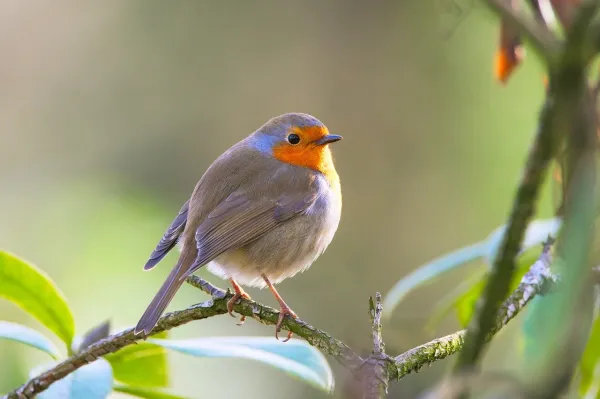
Here are additional animals known for their superior eyesight:
Falcon (Falco spp.)
Dragonfly (Anisoptera)
Domestic Cat (Felis silvestris catus)
Housefly (Diptera)
Lynx (Lynx spp.)
Elephant Hawk-Moth (Deilephila elpenor)
Jumping Spiders (Salticidae)
Sheep (Ovis aries)
Hummingbird (Colibrí spp.)
Tarsier (Tarsius spp.)
If you enjoyed this article, check out related content like:
Animals with the Best Sense of Smell
The Fastest Flying Birds in the World
Why Do Some Animals Migrate?
Discover more amazing animal facts on our website and explore the incredible adaptations that help species thrive in their natural habitats.
Bibliography
Solov’yov, I., Schulten, K. (2015). Animal Magnetoreception. Theoretical and Computational Biophysics Group. Available from: http://www.ks.uiuc.edu/Research/cryptochrome/
Webb, J. (2016). The Secret Behind Crocodiles’ Sharp Vision. Available from:
Beatty, R., Beer, A., & Deeming, C. (2010). The Book of Nature. Great Britain: Dorling Kindersley.
animal tags: Vision
We created this article in conjunction with AI technology, then made sure it was fact-checked and edited by a Animals Top editor.